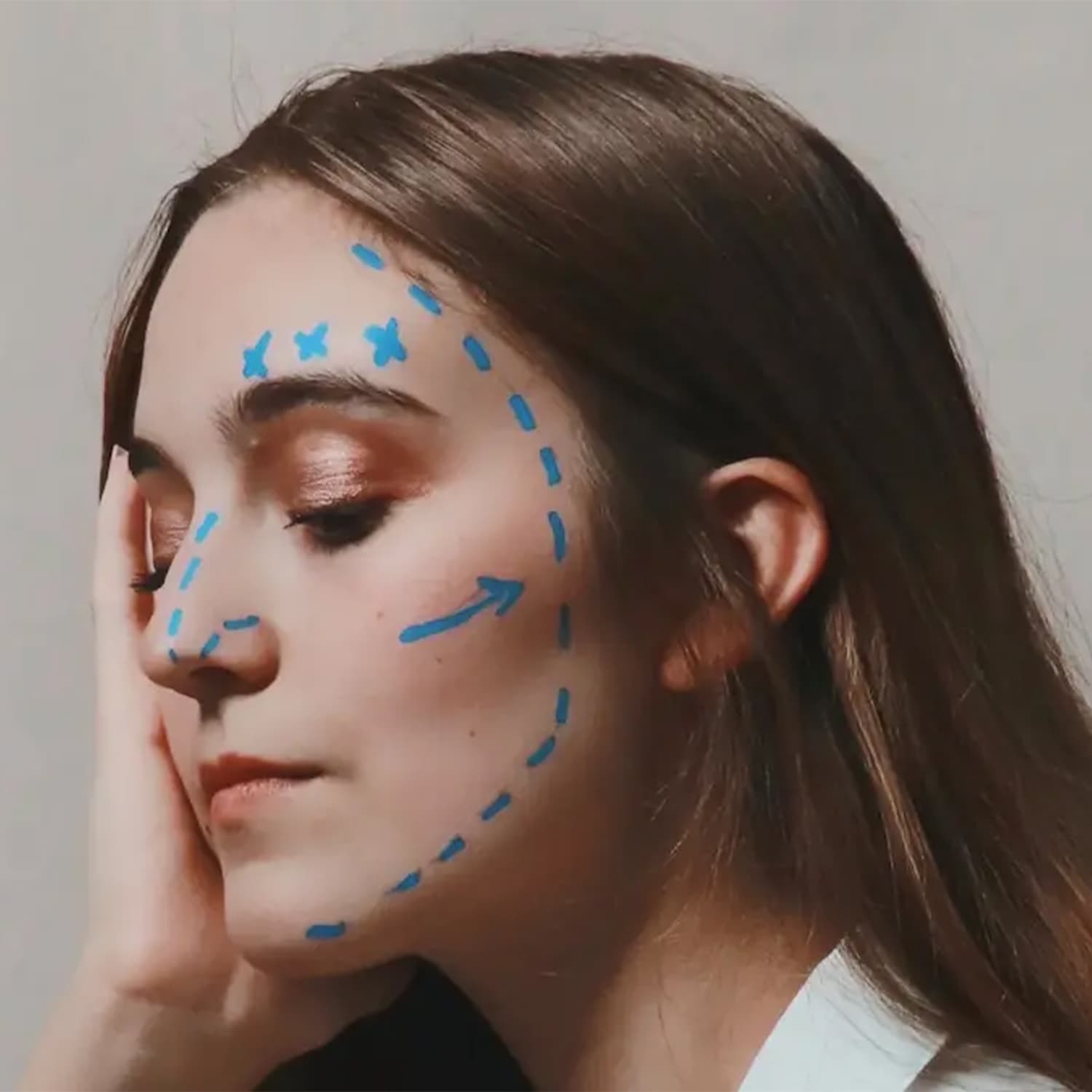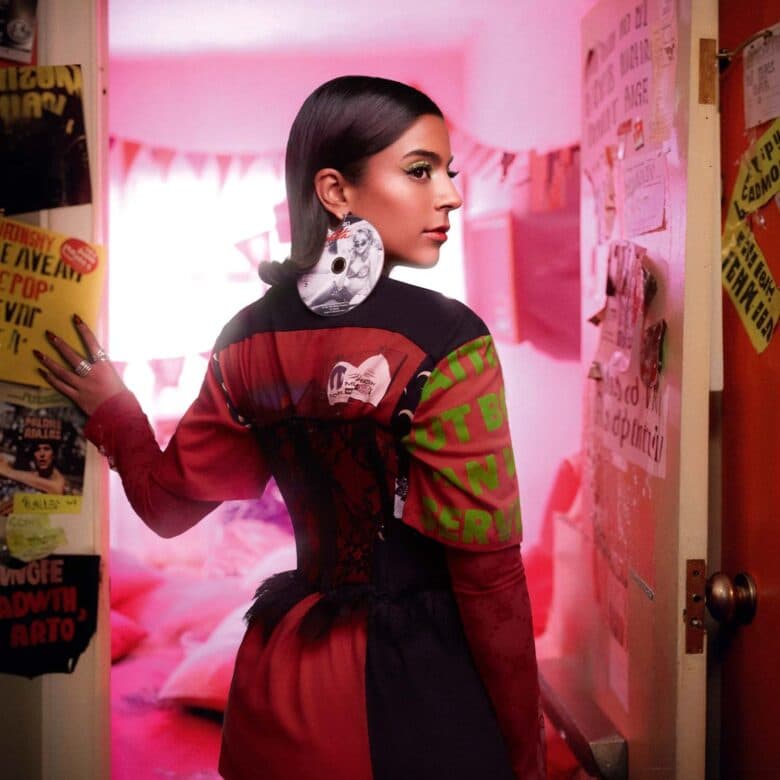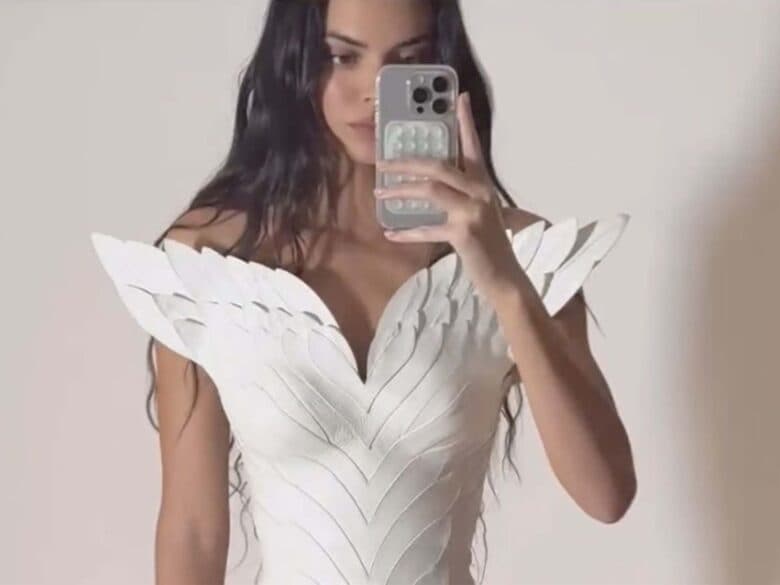Plastic surgeon criticises the alienisation of facial features within cosmetic surgery

Over the past few years, we have seen a shocking number of strange trends emerging in the world of cosmetic surgery. Whether it was the goal or not, certain patients are starting to look more and more like aliens, animals or animal-alien hybrids. All over social media we see marketing and testimonials for the fox-eye or cat-eye trends, and other ways to look more “snatched”.
Normal, everyday people look to celebrities for beauty standards, and although many have had work done, they may have begun from a totally different place or facial structure. Patients think to themselves, “If they did it with just a few surgeries, I can look like them too.” While most people realise that this is far from reality, there exists a large subset of people who want to shoot for the stars (more likely flying too close to the sun) and chase an alternative reality. They chase an aesthetic goal that may be unattainable, and we call this body or facial dysmorphia.
Social media has been a godsend to doctors and patients, helping doctors showcase their work so patients can find the right doctor. Unfortunately it has also made people think they can look like an Instagram filter in real life, giving some practitioners the ability to alter their photos illegally and fraudulently. This has given patients unrealistic beauty goals because they think they can look like the photos, but what happens in reality is very different. If you’re familiar with car replicas, imagine a Fiero trying to turn itself into a Ferrari. When finished it looks very awkward because the infrastructure of a Fiero can never match that of a Ferrari. In people terms, this means you can’t turn a Hadid into a Kardashian or a Kardashian into a Hadid. They have very different facial structures that aren’t meant to look alike. Some people chase their desired look with fillers and Botox, while others opt for fat grafting and surgery. We’ve all seen that patient who chased their goals too far with fillers and began looking alienised.
Fillers aren’t meant to be used to make large volumetric changes. Fillers are great to use for minor enhancements around the face. The more filler you add to the face, the heavier the face will get. Wider jaws that resemble tumours, faces that can’t smile, duck lips and buried eyes are the most common things we see from excessive filler use. The face gets tired of it after a while and develops something we call “filler fatigue”. The face stops draining and moving properly, while ageing accelerates rapidly. Even though hyaluronic acid fillers are meant to be temporary they can last in the face for more than 10 years each time they are added. They can also permanently damage the internal tissues if overused. Although the photo you see on Instagram shows an incredible change on a person’s face following 15 cubic centimetres of filler, what you don’t see is how fat and uncanny that face can look a year later when it all turns into water weight. A few tasteful milligrams can go a very long way.
Interestingly, when people go too far and have the cat-eye surgery (canthoplasty), as soon as a year later their eyes appear shorter and smaller due to a loss in natural structure. So why do they do it? They do it because they saw a photo taken immediately after a procedure, or a photo that was altered by a doctor who has very little talent, taste or empathy for people. Some doctors also perform brow lifts on very young women who don’t need them, and they can end up looking very harsh and always startled. You can’t buy good taste but you sure can buy terrible surgery.
Thread lifting is another questionable trend. Practitioners will place suture-like material around the brows in an attempt to lift them. Anyone who knows about anatomy can tell you that this makes no logical sense, yet hundreds of thread lifts are being done every day in the US, with the Hadids and the likes of Kendall Jenner being used as an example of what the patient will look like. Has this ever worked, you ask. No. The threads leave a weird bump around the eyebrows for a few weeks to months. While the lift may briefly look good on a small subset of patients – which is actually a result of swelling and tension – the effect rapidly dwindles and scar tissue is frequently left behind. The brows are supposed to be mobile and are essential for proper expression. It’s not wise to bind them with threads.
Day in and day out I have patients asking me to help them look like a filter on their social media. “Can you do this, Doctor?” “Yes, I can. Just give me your phone,” is my answer. Of course, most of what we’re seeing now has only emerged in the past six years. We can therefore expect to see many new trends over the next 20 years as we enter a new world with partial or complete virtual reality, avatars and the metaverse. You can google and see how popular anime pornography is around the world. Is it far-fetched to think that some people would want to look like their avatars or other anime characters? The Jocelyn Wildensteins (known as the real-life Catwoman) of this world used to be few and far between. My guess is that the number of dysmorphic patients following a path of facial awkwardness will only increase as the number of do-it-yourself videos and support groups for certain looks and procedures grows on the web and in the metaverse. Virtual reality will provide doctors with new tools to work with to help patients. It will likely also expand the vivid imagination of the things we could do to our faces that we shouldn’t be doing.
A beautiful inside leads to a beautiful outside. This translates directly into what we see on our faces. Taking things too far with fillers and surgery can make us look strange, alien, animal-like, and it can also cause us to age faster due to damage to daily facial functions. My advice to everyone is to look at the person you go to for cosmetic treatments. If they look strange I promise you that you will too.

